A while back, creating & posting content on LinkedIn always felt like a chore.
I’d open LinkedIn, stare at the cursor blinking back at me… and nothing came out.
It wasn’t that I didn’t have anything to say; I just didn’t have a system to say it consistently.
That changed when I finally built a LinkedIn content strategy that worked for me and the different audiences I serve. It took the pressure off.
I stopped second-guessing and started showing up with clarity and intention.
This article is for everyone who has reached out to me saying, “I want to be more consistent on LinkedIn, but I don’t know where to start.”
Same. I’ve been there as well.
One of my favorite quotes by James Clear says, “You do not rise to the level of your goals. You fall to the level of your systems.”
The same applies here. LinkedIn isn’t something you do on vibes. You need a plan if you want visibility, opportunities, and actual clients.
In this post, I’ll share the same simple LinkedIn content strategy that has helped me grow my community to over 5,000 people, land local and international freelance gigs, and stay consistent.
We’ll also talk about how to find content ideas, what to post, and how to keep showing up in a way that works for you.
What is a LinkedIn Content Strategy?
A LinkedIn content strategy is a strategic approach to how, why, and what you post. It connects the dots between your goals (like becoming more visible), your audience (who you want to reach), and your message (what you want to be known for).
It also gives you a system to consistently share content that builds trust, shows your expertise, and brings the right people to your inbox.
Without a strategy, posting on LinkedIn can feel like shouting into the void. You post once when you’re inspired, then disappear for weeks.
Or you keep trying to “go viral,” but the people who matter (your potential clients) still don’t know what you do or how you can help them.
Here’s my step-by-step process for creating a winning LinkedIn strategy:
10 Steps to a Winning LinkedIn Strategy
1. Set clear business goals
Before you show up on LinkedIn, get honest about why you’re there.
I always tell people this: don’t post just to post. Post with purpose. Because if you don’t know what you want from LinkedIn, your content won’t know where to lead people.
Start by asking yourself:
- What are my business goals?
- What services do I want to be known (and paid) for?
- How would visibility on LinkedIn directly benefit my business?
Then complete this sentence:
“I’m using LinkedIn to [insert your business goal], so I’ll create content that helps me [insert outcome].”
Here’s mine when I first got serious:
“I’m using LinkedIn to attract freelance writing and strategy clients, so I’ll create content that shows my thinking, results, and process.”
Once you know your business goal, your content shifts. You’re no longer guessing what to say, you’re building towards something specific. That’s when your posts start to attract the right people, not just likes.
And just a heads-up: your goals can evolve. Mine did. So check in regularly to make sure your content still aligns with what you want.
2. Understand your target audience and their pain points
If you’re not clear on who you’re speaking to, your content will miss the mark, no matter how consistent you are.
You need to know:
- Who your audience is
- What they’re struggling with
- And how you can help
This isn’t a “set it and forget it” exercise. It’s ongoing.
I keep a simple running doc where I drop voice notes, questions, DMs, and even random comments from people in my audience.
If someone says, “This spoke to me,” I take note. Because that’s the gold, your content should meet people where they are.
Ask yourself:
- Who am I here to help?
- What’s keeping them up at night?
- What solutions or insights can I offer?
- What kind of content would make them stop scrolling?
Don’t guess. Observe. Ask questions. Run polls. Reply to DMs. Listen more than you speak.
Because great content isn’t about sounding smart. It’s about being relevant.
3. Set content goals
What do you want your content to do for you?
This might seem obvious, but many people post without intention, and then wonder why nothing’s landing. Your content should have a job. It should either:
- Build awareness about what you do
- Educate your audience
- Build trust and credibility
- Drive action (like DMs, referrals, or leads)
Not every post has to sell. But every post should serve a purpose.
When I started, my goal was simple: show up consistently, share what I know, and spark conversations. Over time, those conversations turned into connections… and then into clients.
So before you hit “post,” ask: What do I want this post to do for my business?
4. Find content pillars
A content pillar is a core theme you’ll keep coming back to in your posts.
It’s the sweet spot between:
- What you know well
- What your audience cares about
- What positions you for business opportunities
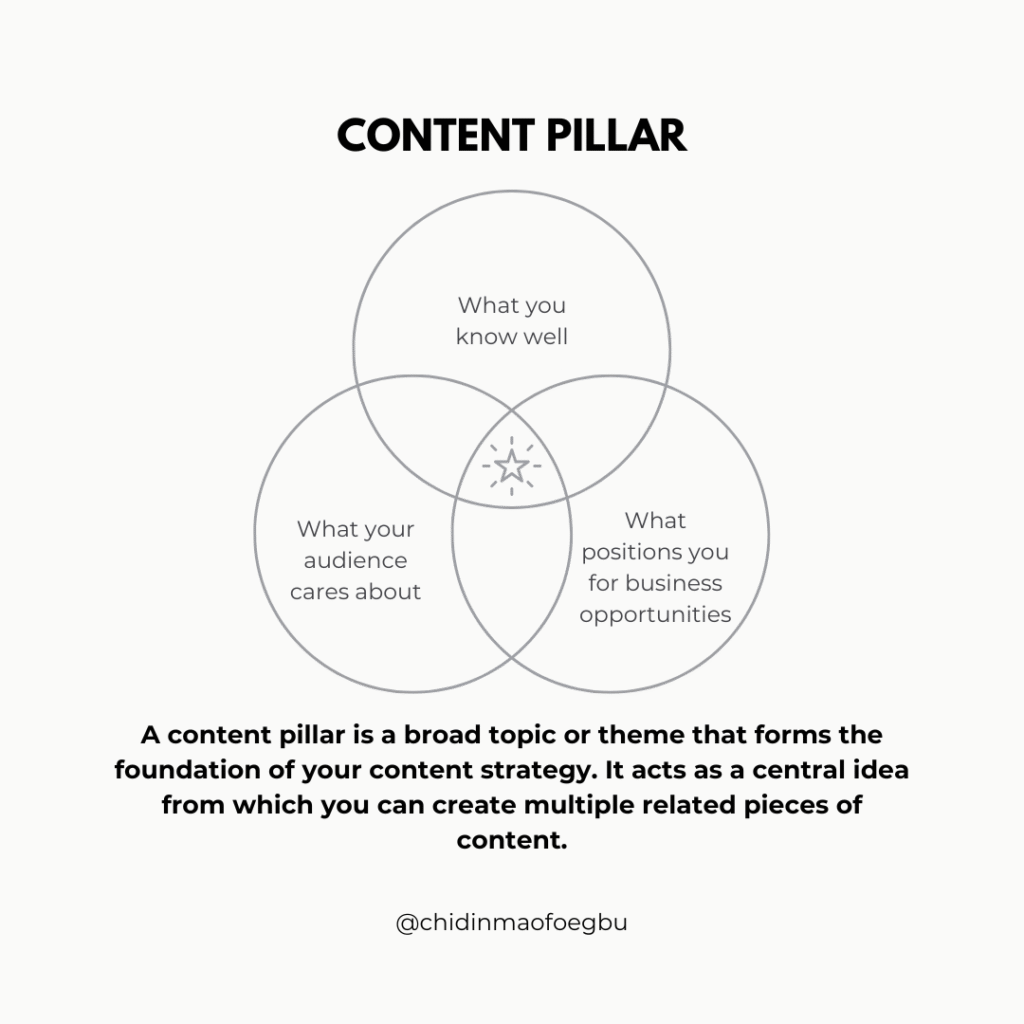
If you’re a freelance content marketer, your pillars could be:
- Storytelling
- GTM strategies
- Marketing analytics
- Lessons from past campaigns
- Behind the scenes of your client work, etc
These aren’t just random topics. They’re repeatable, relevant, and tied to what you want to be known (and hired) for.
5. Decide the types of content you’ll create
LinkedIn isn’t just for text posts anymore. Depending on your audience and what you’re comfortable with, mix up your formats:
- Carousels (great for storytelling and frameworks)
- Text posts (quick value drops, thoughts, or reflections)
- Image posts (show your work or simplify a concept)
- Video (if you want to deepen connection fast)
Tip: Stalk your ideal client’s profile. See what they’re commenting on, sharing, or liking. That’s gold because it tells you what kind of content holds their attention.
According to Buffer, the most engaging content types on LinkedIn are carousels, followed by videos, and text + image combos.

I’ve found the same in my content performance. So mix formats, but stay consistent with your message.
6. Expand your content pillars into subtopics
This is how you never run out of ideas.
Once you’ve identified your main pillars, break them into smaller themes or angles. For example, under “Client Management”, you could create posts like:
- Red flags to watch out for before onboarding a new client
- How to set boundaries without sounding rude
- A client success story + what made it work
- Tools I use to streamline feedback and revisions
Think of your pillars as drawers. The subtopics? Those are what you pull out each week.
7. Create content for every stage of the buyer journey
If you only post tips and never talk about your work, people may see you as helpful, but not hireable. Make sure your content supports people across different stages:
- Awareness: who you are, what you do
- Consideration: how you work, case studies, testimonials
- Decision: direct CTAs, offers, service breakdowns
This way, someone who just discovered you gets value, and someone ready to hire you knows exactly what to do next.
>>> READ MORE: CASE STUDY: How Content Helped Launch a Creator Community and Generate Over $5,000 in 90 Days
8. Decide on your brand tone
How do you want to come across?
Friendly? Bold? Strategic? Playful? Calm?
Pick 2–3 traits you want your content to reflect and use them as a filter for how you write, what visuals you use, and even how you respond to comments.
Mine? I aim for warm, clear, and practical. Because I want people to feel seen, guided, and like they can take action right away.
9. Find a point of differentiation
Here’s the truth: many people offer what you offer. But no one does it the way you do.
So highlight that.
For me, I don’t just share marketing tips, I share frameworks I’ve used, client stories, and lessons from lived experience. That’s how you go from “useful” to memorable.
Anyone can post tips. But people remember the ones who show their work.

10. Decide your posting frequency
You don’t need to post every day. But you do need to be consistent.
Start with what’s realistic for you. 2 or 3 times a week is more than enough when done intentionally. The goal is to train your audience to expect you. To show up, build trust, and stay top-of-mind.
Make it sustainable. Then scale.
11. Decide on the CTAs you’ll use
Every piece of content should make it clear: what’s next?
Some examples include:
- “Let me know your thoughts” (engagement CTA)
- “DM me if you’re hiring a content strategist” (lead-gen CTA)
- “Save this post for later” (value CTA)
Don’t just drop gems and walk away. Invite people in.
12. Set an engagement plan
Posting is just one part. Engaging is the other half of growth. Some engagement strategies include:
- Block 10–15 mins a day to comment on posts in your niche
- Respond to comments on your posts thoughtfully
- Send follow-up messages after great conversations
Remember: clients don’t just come from your content, they come from your connections.
13. Build a content creation workflow
You don’t need to “feel inspired” every day to show up. You need a system.
Here’s what my simple workflow looks like:
- Plan content themes for the week (based on my pillars + what my audience is talking about)
- Write in batches when I have energy (I try to create 3–5 posts in one sitting)
- Engage daily (reply to comments, respond to DMs, comment on 3–5 posts)
The key is to remove friction. The more you can prepare in advance, the easier it is to stay consistent, especially on days when life gets chaotic (because it will).
If you’re always starting from scratch, you’ll burn out. If you build a workflow, you’ll build momentum.
14. Track what’s working
Visibility without clarity won’t get you far.
Pay attention to:
- Which posts get the most comments, saves, or DMs
- What kind of content leads to client inquiries
- Which CTAs drive action
- What days/times give you the most engagement
I keep a simple “Content Wins” doc where I track high-performing posts and why I think they worked. Sometimes it’s the hook. Sometimes it’s the story. Sometimes it’s just timing.
The goal isn’t vanity metrics, it’s alignment. The more you know what works, the more strategic you become with your time and energy.
15. Review and refine often
Your LinkedIn content strategy isn’t set in stone. It’s a living thing.
Every few months, check in with yourself:
- Are my goals still the same?
- Has my audience evolved?
- What’s working, and what’s not?
- Do I enjoy the content I’m creating?
Sometimes your business shifts. Sometimes you shift. Let your content reflect that.
The best creators aren’t the ones who get it “right” the first time. They’re the ones who stay in the room, pay attention, and keep adjusting.
Final Thoughts
You don’t need to be everywhere. You don’t need to post every day. But you do need a plan.
A LinkedIn content strategy gives you clarity. A workflow gives you consistency. And when you combine the two with intention? That’s when people start paying attention and reaching out.
I help tech founders, CEOs, thought leaders, and professionals create cool content on LinkedIn that boosts visibility, attracts the right audience, and drives real business growth. Want help building your own LinkedIn strategy? Book a FREE discovery call with me NOW!
FAQs
1. What’s the best time to post on LinkedIn?
From experience and data, the best time to post on LinkedIn is during weekday mornings, specifically between 9 AM and 11 AM, local time. This is when most professionals are either settling into their day or doing their first scroll before diving into meetings.
That said, your best time might vary depending on your audience. If you’re targeting international clients or remote-first companies, consider testing different time zones. The key is: stay consistent, then monitor which times give you the most engagement.
2. What kind of content performs best on LinkedIn?
There’s no one-size-fits-all answer, but in my case, the content that performs best tends to fall into two categories:
- Free resources (checklists, guides, templates)
- Milestone or personal win sharing
For example, my highest performing post in the last 2 months was a simple update about getting my international passport. I almost didn’t post it, but I did, and the response shocked me.
Post stats:
- Impressions: 6,400
- Members reached: 3,572
- Reactions: 227
- Comments: 84
What that taught me is: people connect with stories. Especially ones that feel human, relatable, and hopeful. So don’t shy away from sharing the moments that matter to you.
3. How do I know what content my audience wants?
Simple: listen.
Your audience is always telling you what they care about, you just have to pay attention. Look at:
- Which posts get the most comments, saves, or questions
- The DMs or replies you receive after posting
- Comments like “This spoke to me” or “I’ve been struggling with this too.”
You can also be proactive. Run a poll. Ask a question in your post. Or simply reply to someone’s comment with a follow-up idea, and turn it into content.
Some of my best posts came directly from casual LinkedIn conversations. Content creation becomes so much easier when you stop trying to guess and start building in response to your community.
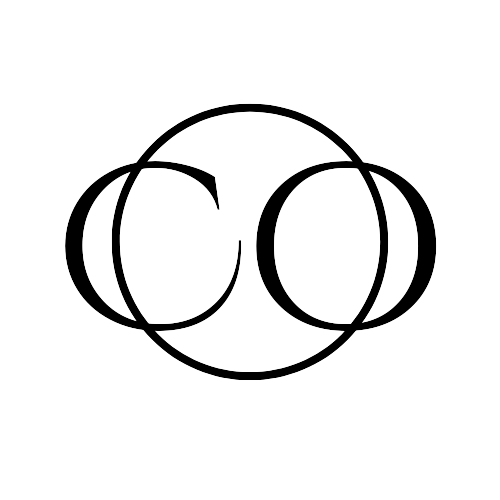

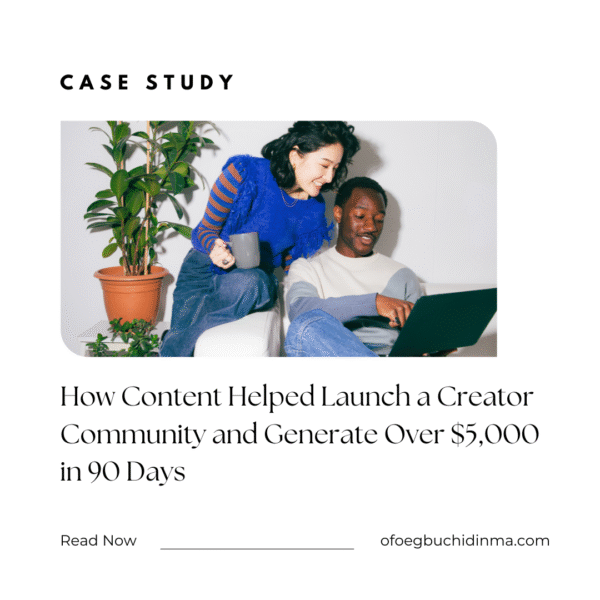
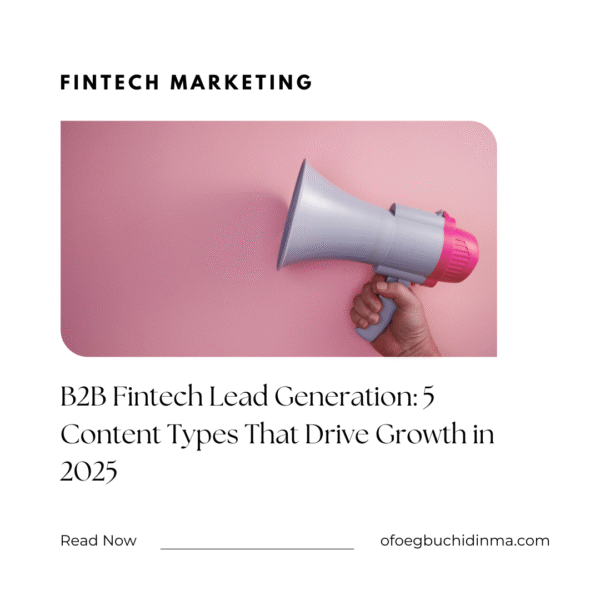
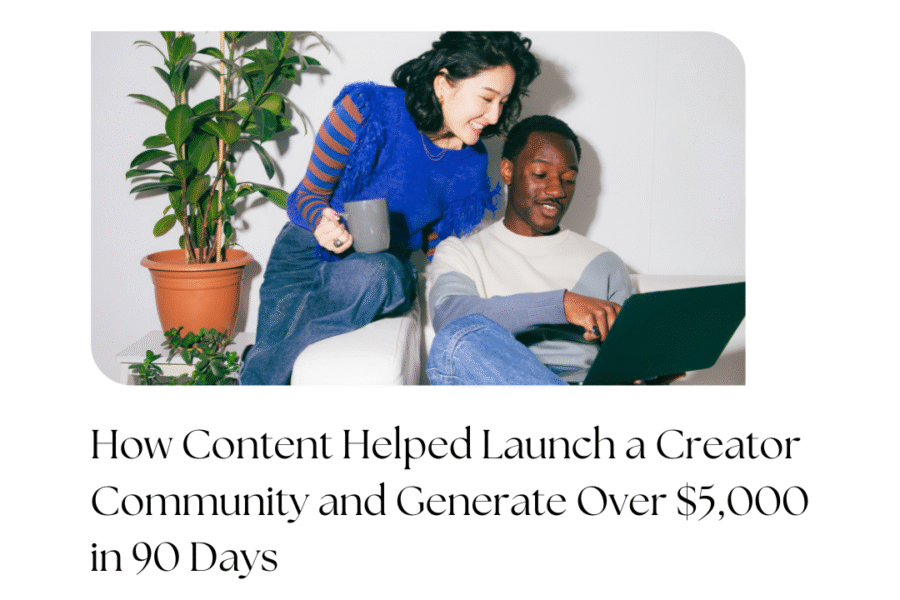

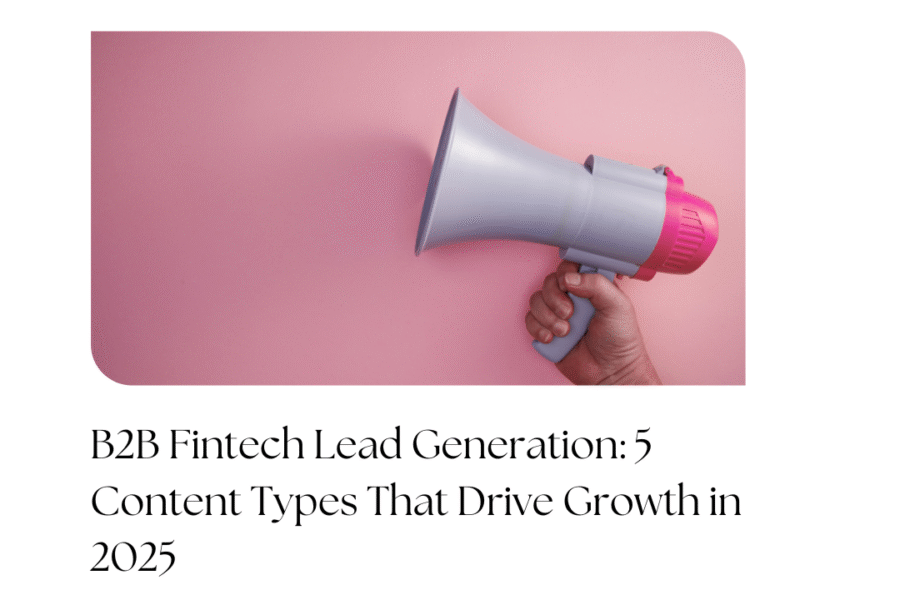
Leave a Comment